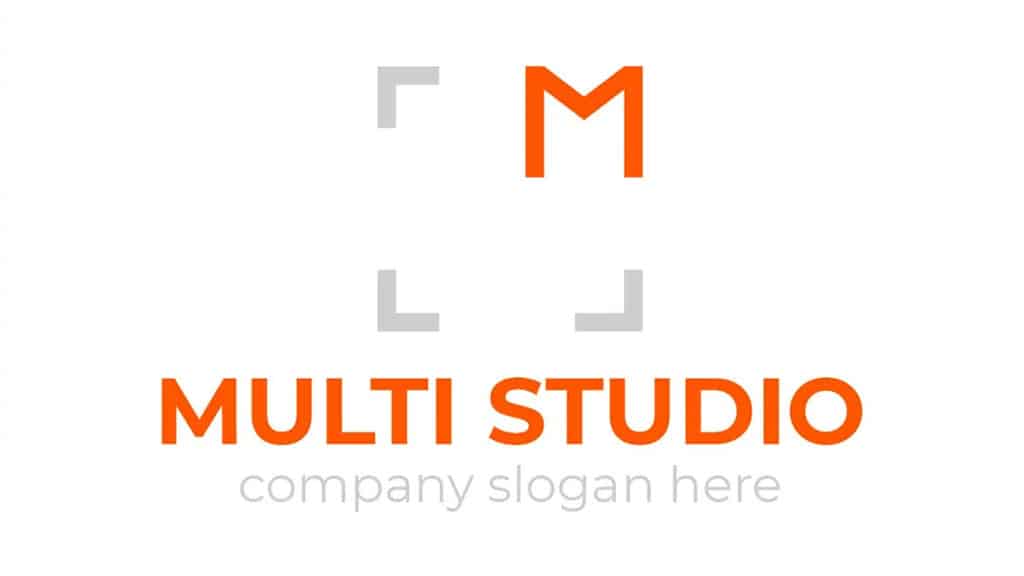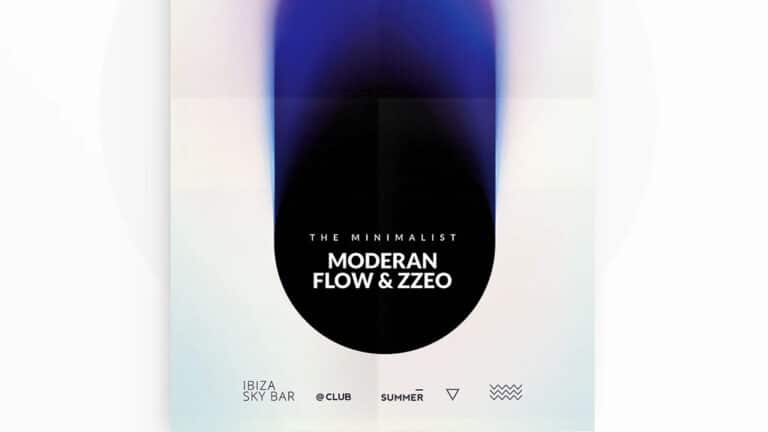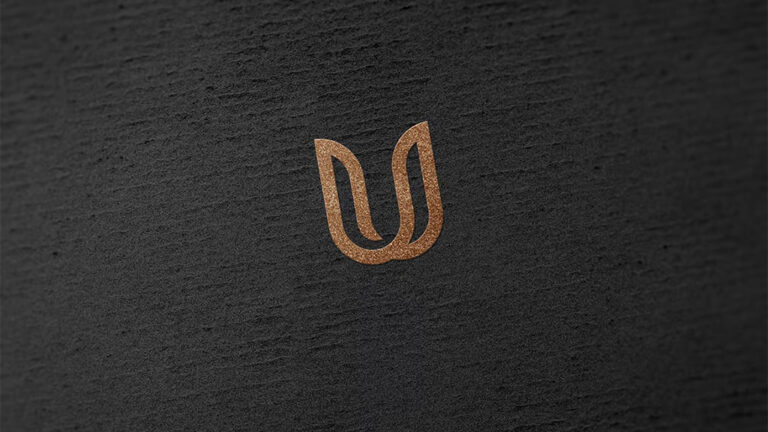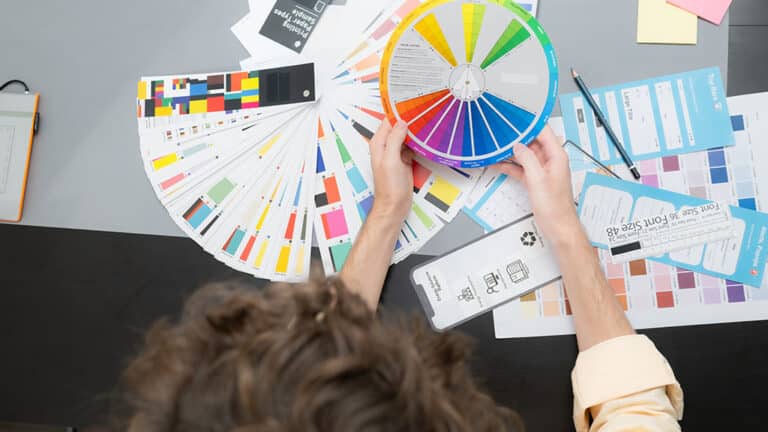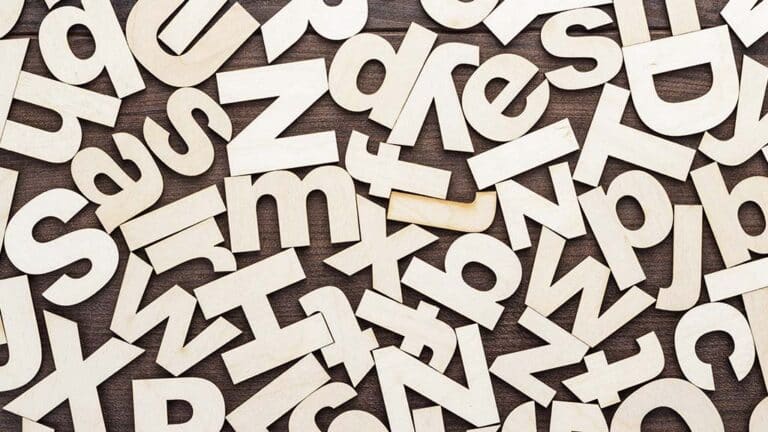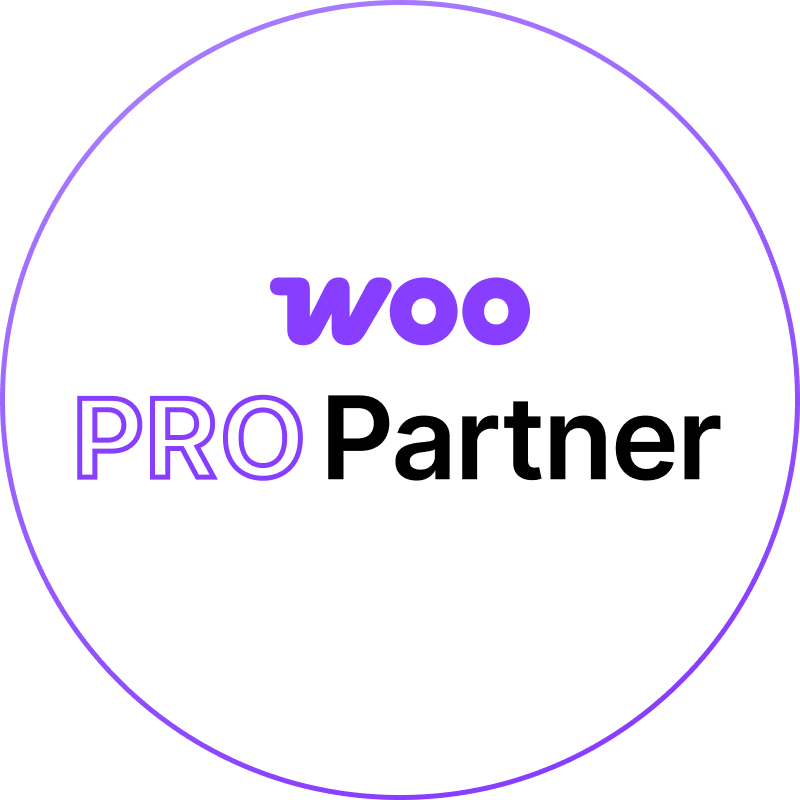Why Your Business Logo Needs a Professional Touch
A logo isn’t just a design—it’s your brand’s first impression, visual handshake, and one of the most powerful tools in your business’s identity toolkit. It’s often the first thing a potential customer sees and the one element they’ll continue to associate with your brand over time. Whether it’s on your website, product packaging, social media profile, or email signature, your logo needs to do more than look good—it needs to communicate trust, professionalism, and meaning at a glance.
Unfortunately, many small businesses underestimate the importance of investing in a professionally designed logo. With so many free logo generators and budget design options available, it’s tempting to cut corners. But what you save in cost, you often pay for in missed opportunities, credibility gaps, and inconsistent branding down the road.
A great logo isn’t just about style. It’s about strategy. A professional designer understands how to distill your brand’s personality, values, and vision into a visual mark that resonates with your target audience. And when done right, that logo becomes the foundation for a brand that people recognize, trust, and remember.
It’s the Foundation of Your Brand Identity
Your logo is the cornerstone of your brand’s visual identity. It sets the tone for every other element in your design system—from your color palette and typography to your website layout and marketing materials. A logo that feels disjointed or poorly crafted can make the rest of your visuals feel inconsistent or amateur, no matter how good your actual product or service is.
A professionally designed logo isn’t created in isolation. It’s developed with a deep understanding of your brand’s positioning, personality, and goals. Designers ask the right questions: Who are you speaking to? What emotions do you want to evoke? How should your brand feel—playful, elegant, bold, trustworthy? The answers shape the logo’s style, structure, and symbolism.
Once that logo is created, it becomes a visual anchor. Your color scheme might be drawn from its hues. Your font choices may echo its tone. Even your photography and layout styles often stem from the look and feel of your logo. That’s why investing in a strategic logo upfront saves time and ensures cohesion across every channel you show up on.
In contrast, a logo made without strategy often leads to redesigns and brand confusion. You might find yourself constantly tweaking visuals to “match” or struggling to explain your look to designers and partners. Starting with a strong, professional logo makes everything that follows easier—and more effective.
First Impressions Are Instant—and Lasting
Humans are wired to make snap judgments. Research shows that people form an impression of a brand in just a few seconds—and your logo is usually a major part of that impression. A polished, professional logo signals that your business is trustworthy, established, and credible. A clunky or generic one? It can do just the opposite.
Even if your audience doesn’t consciously analyze your logo, they’re absorbing cues. Are the lines clean? Are the colors harmonious? Does the style align with what they expect from a business in your industry? All of these factors contribute to how someone feels about your brand, whether they realize it or not.
This is why design expertise matters. A professional logo is crafted with attention to balance, proportion, color theory, and scalability. Every element is there for a reason. That level of thoughtfulness can’t be replicated by a template or an auto-generated design.
When you partner with a provider that specializes in custom graphic design services, you’re not just buying a logo—you’re investing in a brand asset that builds recognition, earns trust, and sets you apart in the minds of your customers.
A Professional Logo Is Built for Versatility
A logo isn’t just something you place at the top of your website and forget about. It needs to live everywhere—your business cards, packaging, social media profiles, email signatures, signage, apparel, and even mobile app icons. That means it has to be versatile enough to look great in any format, at any size, and in any color mode.
Professional logo designers think beyond the main design. They’ll create multiple logo variations to suit different use cases, including horizontal and vertical layouts, icon-only marks, black-and-white versions, and responsive designs that work on small screens. This foresight ensures that your logo remains legible, recognizable, and impactful whether it’s printed on a billboard or displayed as a social avatar.
Amateur designs or DIY templates often fall apart when scaled or adapted. Text can become unreadable, details get lost, or the design looks stretched or blurry. A professional logo, on the other hand, is created with scalability in mind. Every line, shape, and element is crafted in vector format, so it can be resized without losing clarity.
That kind of versatility is essential for businesses looking to grow and expand into new channels. Whether you’re launching new products, partnering with retailers, or rebranding your digital presence, your logo needs to keep up—and a professionally designed logo is built to do just that.
Scalability Matters for Long-Term Growth
Your logo might look great on your website today, but will it still hold up when you scale your business? If you plan to evolve your brand, reach new audiences, or expand into new markets, your logo needs to be built with the future in mind.
Scalability isn’t just about making the logo larger or smaller—it’s about how well it functions across new formats, applications, and even cultural contexts. As your business grows, you might need to adapt your branding for different campaigns, geographic markets, or product lines. A strong, adaptable logo will allow you to do this without losing consistency or brand equity.
Professionally designed logos are crafted to support that long-term flexibility. Designers create logos with smart spacing, clear iconography, and strong proportions that translate seamlessly across devices and print materials. They also anticipate brand extensions, allowing your logo to remain a recognizable part of your identity even as your offerings expand.
If your current logo is difficult to use in certain formats—or if it’s constantly being “tweaked” to fit—it’s likely not scalable. And when a logo fails to scale, businesses often end up with diluted branding, inconsistent visuals, and costly redesigns. Starting with a logo that’s built to grow saves time, protects your brand, and ensures you’re ready for any opportunity that comes your way.
Amateurs Focus on Style—Professionals Focus on Strategy
There’s a big difference between making something look nice and making it work. While amateur logo design often focuses solely on aesthetics, professional design is rooted in research, strategy, and brand alignment. A stylish logo might catch attention for a moment—but a strategic logo communicates meaning, builds connection, and supports business goals.
Professional designers begin with a discovery phase: learning about your business, audience, competitors, and brand values. They ask the right questions to understand what makes your brand different and how it should be positioned visually. Then, they craft logo concepts that are not only visually appealing but conceptually strong.
This strategic approach ensures that your logo doesn’t just “look good”—it says something. Maybe it evokes reliability, innovation, or playfulness. Maybe it communicates tradition or bold disruption. Whatever the message, a strategic logo helps reinforce your brand’s personality and creates an emotional connection with your audience.
Without that strategy, it’s easy to fall into the trap of trend-chasing—creating a logo that looks cool today but feels outdated next year. A professionally designed logo is timeless and purposeful, designed to serve your business for years, not just a season.
Color and Typography Choices Have Meaning
Every detail of a logo communicates something—and two of the most powerful tools in a designer’s arsenal are color and typography. These elements do more than make your logo look polished; they shape the emotional tone and help your audience understand your brand before they even read a word.
Color psychology is a well-researched field, and professional designers use this knowledge intentionally. Blue, for example, evokes trust and stability, making it a popular choice for financial and tech companies. Red, on the other hand, conveys energy and urgency—perfect for food and retail brands that want to capture attention quickly. The right color palette can reinforce your industry positioning and help you connect with your audience on an emotional level.
Typography also carries subconscious signals. A bold sans-serif font can suggest modernity and confidence, while a serif font might feel more classic and refined. Script fonts may communicate creativity or elegance, but can easily veer into illegibility or cliché if not handled carefully. Professional designers know how to balance these nuances, choosing typefaces that are readable, scalable, and aligned with your brand’s tone.
Together, these choices influence how people perceive your business. They help your logo “speak” even when it’s standing alone. When color and typography are chosen haphazardly—or simply because they look trendy—the result often lacks cohesion or sends mixed signals. But when chosen strategically, these elements become key pillars of a timeless, effective logo that supports your brand’s identity across all platforms.
Originality Helps You Stand Out
In a world overflowing with content, originality is a non-negotiable. Your logo needs to differentiate your business—not blend into the background. That means steering clear of clichés, overused icons, and generic templates that dozens of other businesses might also be using.
Professional logo designers dig deep to uncover what makes your business truly unique. They consider your brand story, your mission, your target audience, and your market position. From there, they craft custom visual elements that are tailored to your brand—not copied from what’s trending.
Originality also builds trust. Consumers can spot a stock design or a DIY logo from a mile away. It signals that a business may not be fully invested in itself—and if you’re not, why should they be? A distinctive logo shows that you’ve put thought, care, and professionalism into how you present your brand to the world.
That uniqueness also makes your logo more memorable. If people can recall your logo after just a glance, you’ve already won half the branding battle. A professional touch ensures your logo doesn’t just follow design rules—it breaks through the noise.
A Great Logo Builds Brand Trust Over Time
Trust isn’t built in a day—it’s built through consistency, and your logo plays a major role in that process. When customers repeatedly see the same high-quality visual mark across your website, products, packaging, emails, and marketing campaigns, it reinforces the idea that your business is reliable and professional.
A well-designed logo becomes a visual shortcut to your brand. It’s the symbol people associate with your values, your products, and the experience they have with your business. The more consistently they see it, the stronger that connection becomes. That’s why companies with enduring, recognizable logos—think Nike, Apple, or Target—enjoy immense brand equity.
Inconsistent or amateur logos, on the other hand, erode trust. If your logo appears distorted on your website, pixelated on your product labels, or inconsistent in color across platforms, it sends a message—consciously or not—that details might be slipping through the cracks. And in business, details matter.
By investing in a logo that’s professionally designed and strategically applied, you’re sending a clear signal to your audience: “We take ourselves seriously. You can, too.”
Conclusion: Invest Once, Benefit for Years
Your logo is not just a small piece of your brand—it’s the face of your entire business. It’s the one visual element that will appear everywhere you go, for years to come. So it only makes sense to do it right the first time.
While it might be tempting to cut corners and settle for a quick or inexpensive solution, the long-term consequences often outweigh the initial savings. Logos designed without strategy, scalability, or professionalism can lead to brand confusion, costly redesigns, and lost trust.
When you choose to invest in a professionally crafted logo, you’re not just paying for a graphic—you’re investing in a strategic asset that supports growth, builds credibility, and strengthens brand recognition. It becomes a tool that helps you market with confidence, present your business with pride, and earn customer loyalty more easily.
Designing a great logo isn’t about following a trend or using the flashiest colors. It’s about understanding who you are, who your audience is, and how to visually connect the two. That’s the kind of work only a seasoned professional can deliver.
Your business deserves more than a placeholder or a lookalike. It deserves a mark that stands the test of time—and gives your brand the visual presence it needs to succeed.

